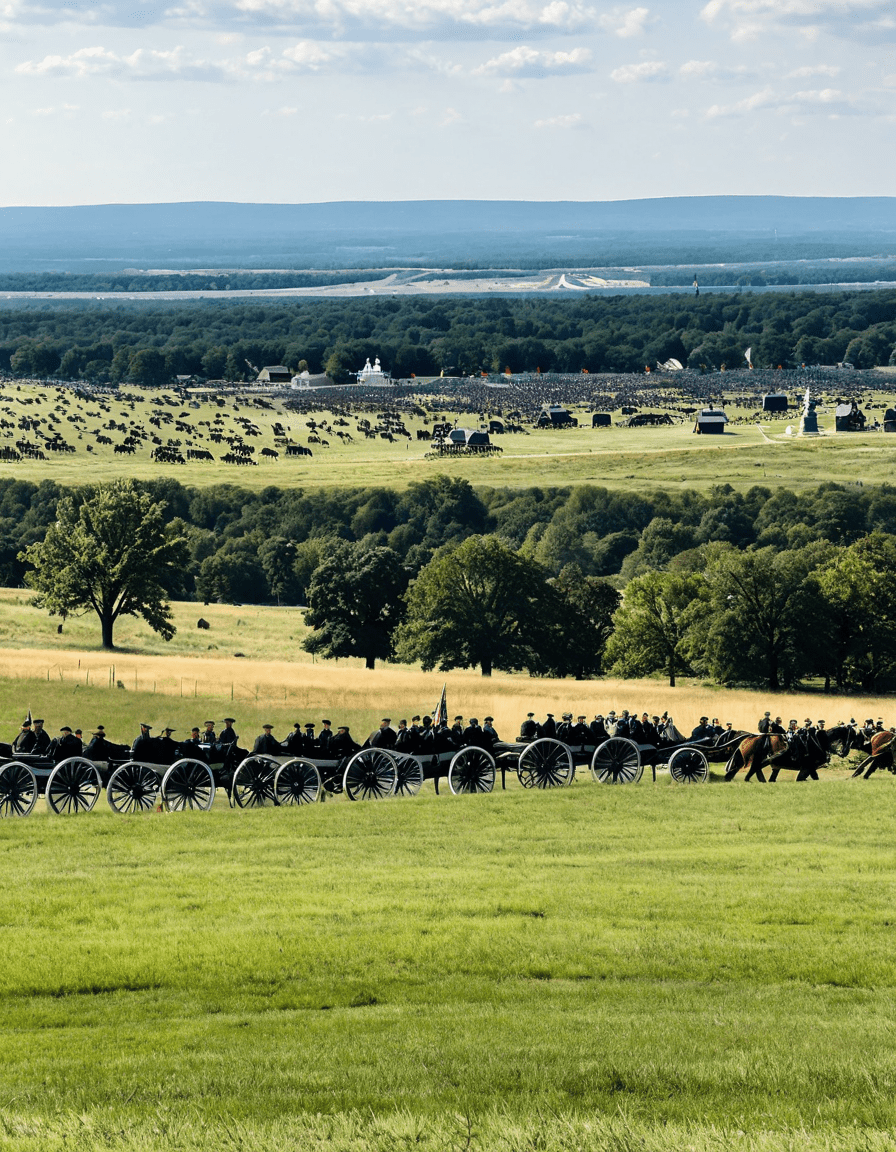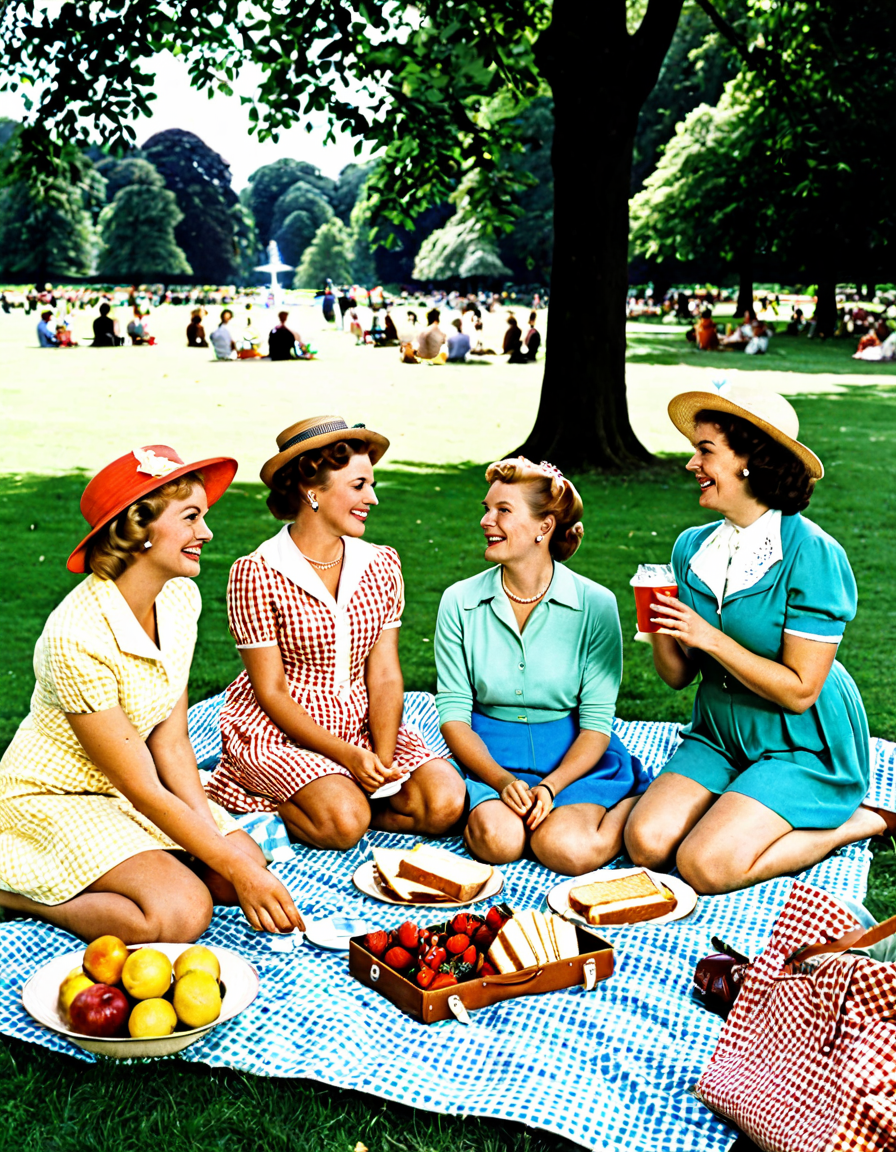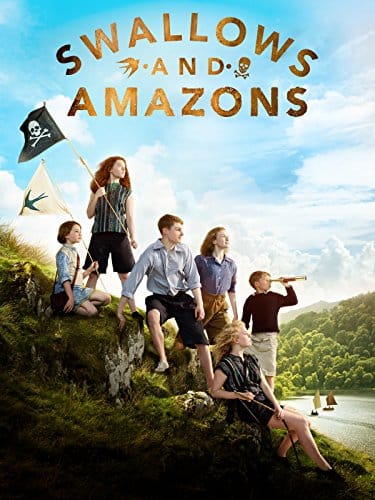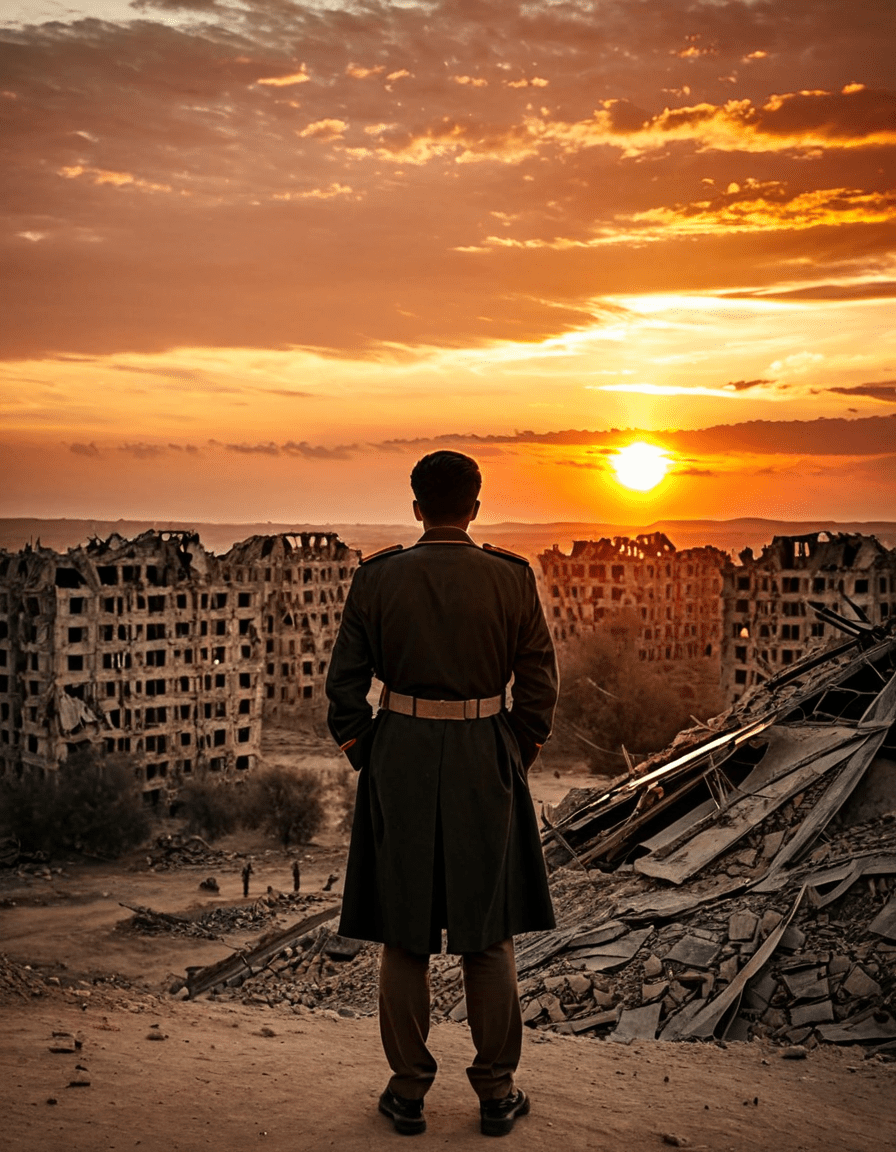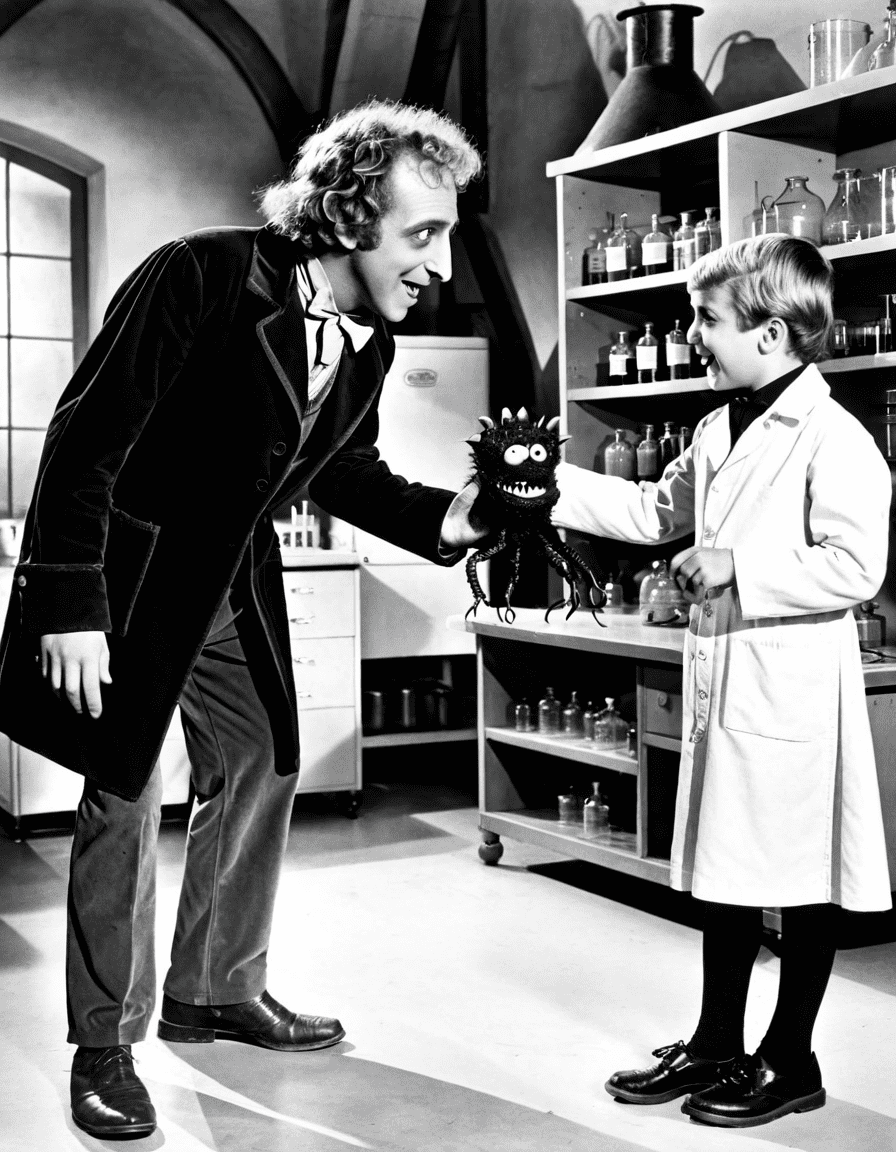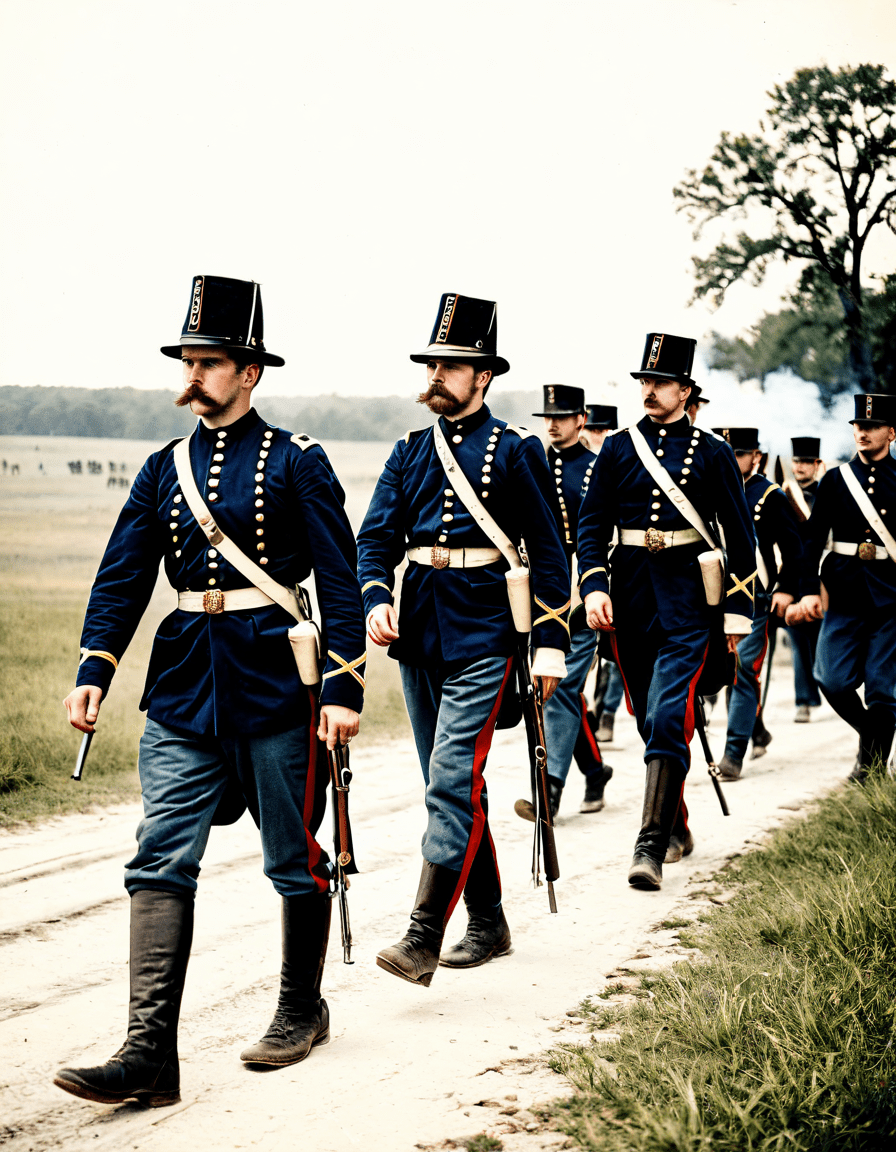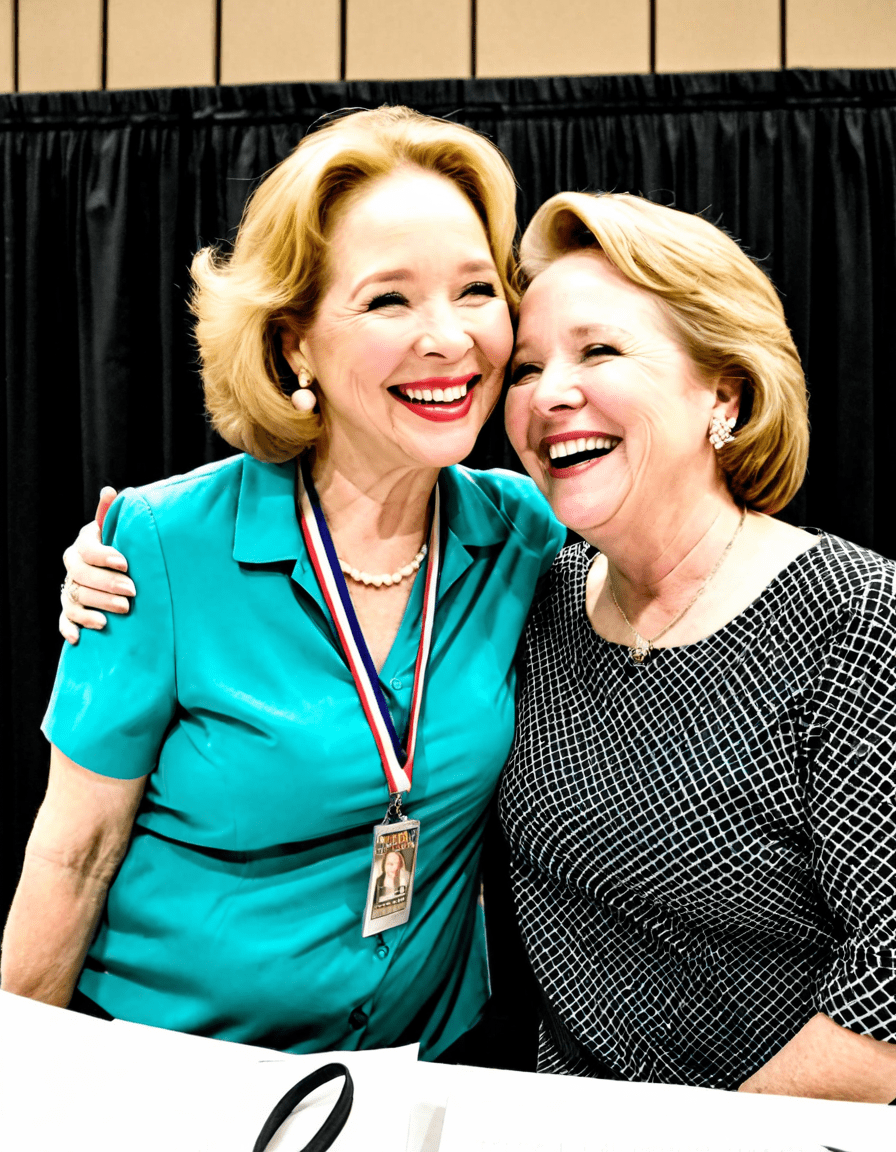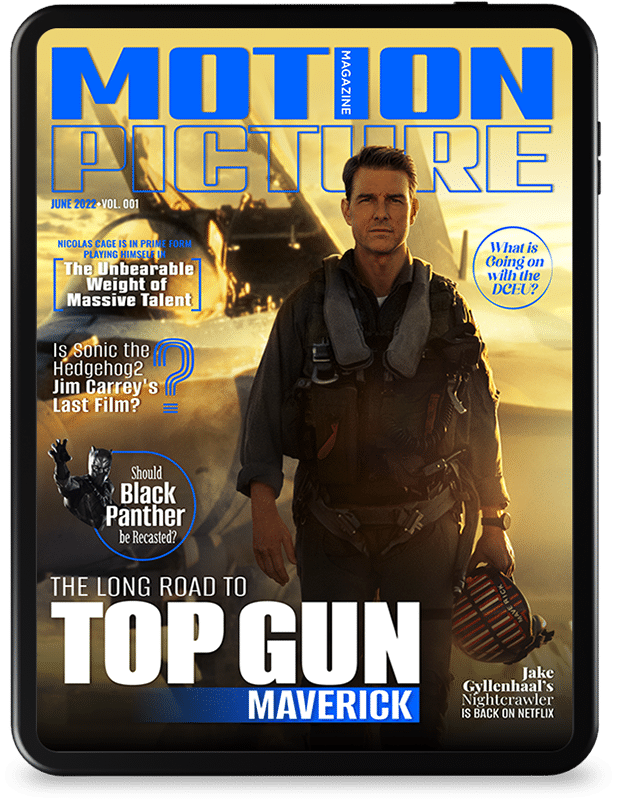The Battle of Gettysburg, fought from July 1 to July 3, 1863, was a pivotal moment in the American Civil War. This clash between the Union and the Confederacy changed the course of history in ways that still resonate today. It wasn’t just about who won or lost; it was about the ideals, sacrifices, and the sheer human cost of a divided nation. If you’re curious how this battleground became a cornerstone of American memory, let’s dive right in!
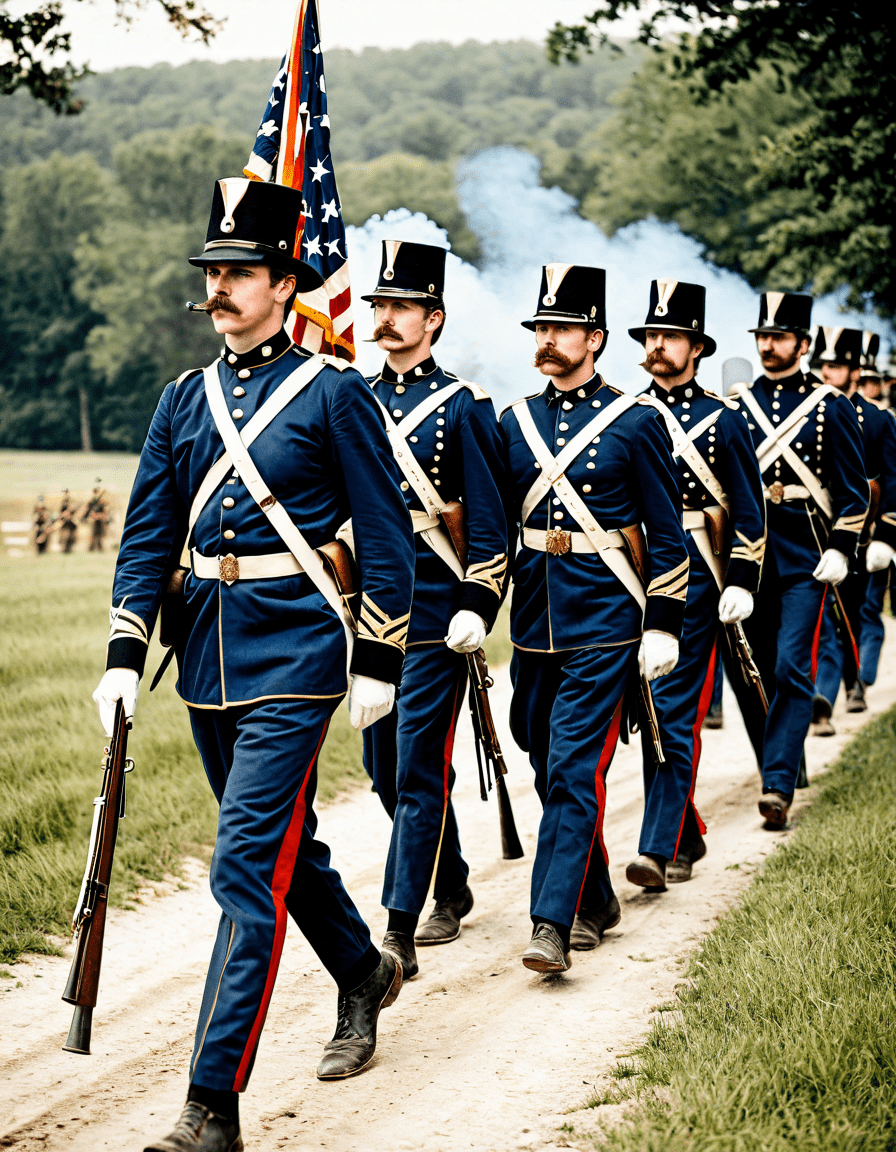
7 Key Factors of Gettysburg’s Lasting Impact on American History
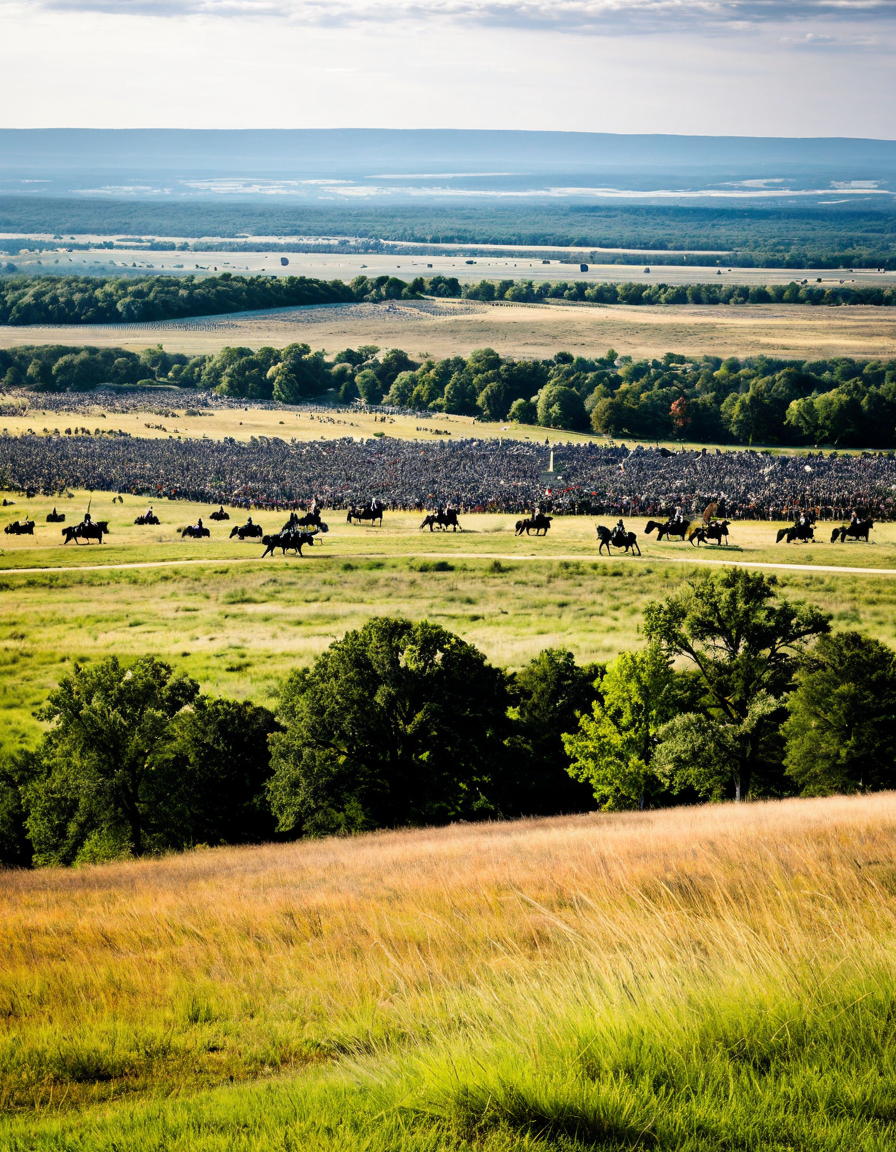
The Educational Revolution: From Field Trips to Digital Resources
The days of dusty books in musty classrooms are long gone. Technology has transformed how we learn about battles like Gettysburg. The National Park Service even offers virtual tours and apps that make history come alive, serving up an interactive experience. Students, parents, and history buffs alike can now explore the battlefield’s significance without stepping foot outside their homes.
With these new digital tools, younger generations are not just passive learners; they’re actively engaging in discussions about democracy and the sacrifices made for it. By connecting the past to their lives today, they’re fostering a newfound appreciation for the complexities surrounding freedom and governance. Isn’t it cool how technology bridges history with the present?!
Personal Stories from Survivors and Historians
Behind every battle, there are countless untold stories, and Gettysburg is no exception. Oral histories and memoirs from soldiers present a deeply personal and moving perspective that enriches our understanding of the battle’s impact. Historians like Dr. Allen C. Guelzo dedicate years to unraveling these human experiences, bringing forth insights into the psychological and emotional toll of war.
These personal narratives help paint a picture often lost in traditional history books. They remind us that behind every statistic lies a human story filled with courage, despair, and everything in between. It’s a vivid tapestry that deserves every stitch to be remembered.
Future of Gettysburg: Preservation and Interpretation
As we look to the future, the interpretation and preservation of Gettysburg will inevitably evolve. Recent initiatives aim to keep the battlefield intact while enhancing visitor experiences. They prioritize historical accuracy and inclusivity, ensuring diverse voices and perspectives are part of the narrative. This way, visitors can walk the hallowed grounds and truly understand what took place there.
As we reflect on the significance of Gettysburg, it’s clear that its influence goes far beyond just a memory etched in time. The lessons learned and struggles fought continue to shape modern America. With every new medium—be it IMAX or a captivating documentary on a streaming service—the story of Gettysburg remains crucial, proving that history isn’t just a record of our past but a guiding light for our future.
Whether you’re enthralled by epic battles like Gettysburg or cucumber sandwiches at the latest soiree (ahh, the juxtaposition!), we could all stand to remember: it’s our stories—both heard and unheard—that make us who we are. And with each retelling, we honor not just the fallen, but the very ideals that unite us as a nation.
Gettysburg: The Battlefield That Changed History
The Importance of Gettysburg
Gettysburg wasn’t just another battle in the American Civil War; it was a turning point. The three-day clash in July 1863 marked a major defeat for the Confederacy and ultimately shifted the tide of the war. Fun fact: over 50,000 soldiers were either killed, wounded, or missing in action during this pivotal confrontation, turning the fields of Gettysburg into sacred grounds. Interestingly, the aftermath of this battle led to President Lincoln’s famous Gettysburg Address, which aimed to redefine the purpose of the war. In a way, you might say Lincoln’s speech was as monumental as some of the roles played by actors in the classic film Carry On—where each casting choice felt vital to the story’s success.
The Figures Behind the Battle
There were quite a few prominent figures involved in the Battle of Gettysburg. Among them was General George Meade, who leads the Union forces. Less known is the fact that Meade was only appointed to command the Army of the Potomac just days before the battle! If you’re feeling curious, there’s even a connection to personalities like Rudy Giuliani, who has his own share of tumultuous historical moments. Meanwhile, the battlefield today is a memorial—a reminder of sacrifices made. People often liken it to iconic elements in cinema, much like the thrills of a Castaway or the drama of a Nautilus adventure; each bears a story of resilience.
Tragic Tales and Legacy
Gettysburg’s history isn’t just about military strategy; it’s filled with personal stories of loss and bravery. For instance, many families lost their loved ones, and some still visit the cemetery to honor that legacy. Speaking of legacies, can you believe that some soldiers who fought there were not much older than teenagers? It’s a poignant reminder of the youthful hopes that once collided in this town. Transitioning from somber tales, Gettysburg has become a hotspot for ghost stories and paranormal excitement—often compared to the thrilling suspense found in films featuring creatures like a Tarantula. As you wander those hallowed grounds, it’s easy to think about how different the landscape might have been had the outcome been otherwise.
In a quirky twist to finish, there’s even debate over whether Taylor Swift And Travis Scott would ever film a music video in such a storied place, blending the past with modern pop culture. So, whether you’re a history buff or just someone interested in unique locales, Gettysburg remains an epic chapter that continues to resonate through time!
